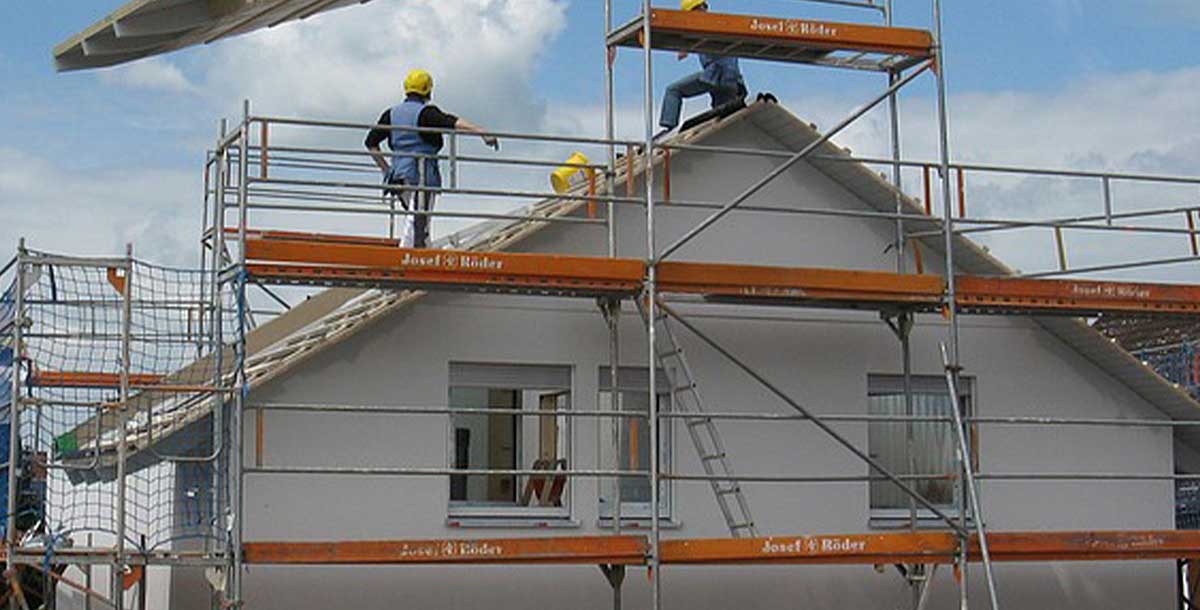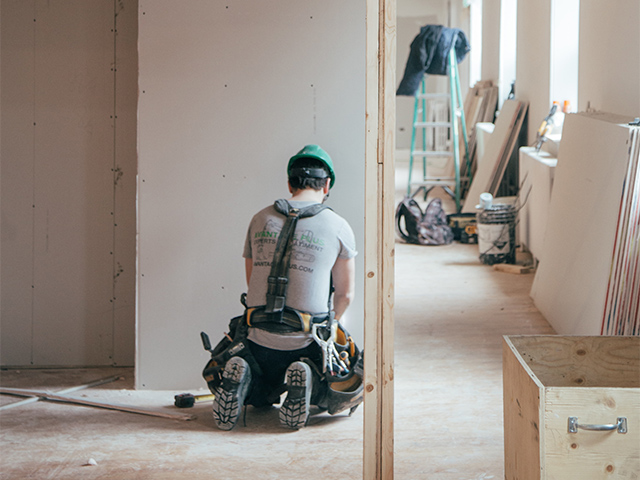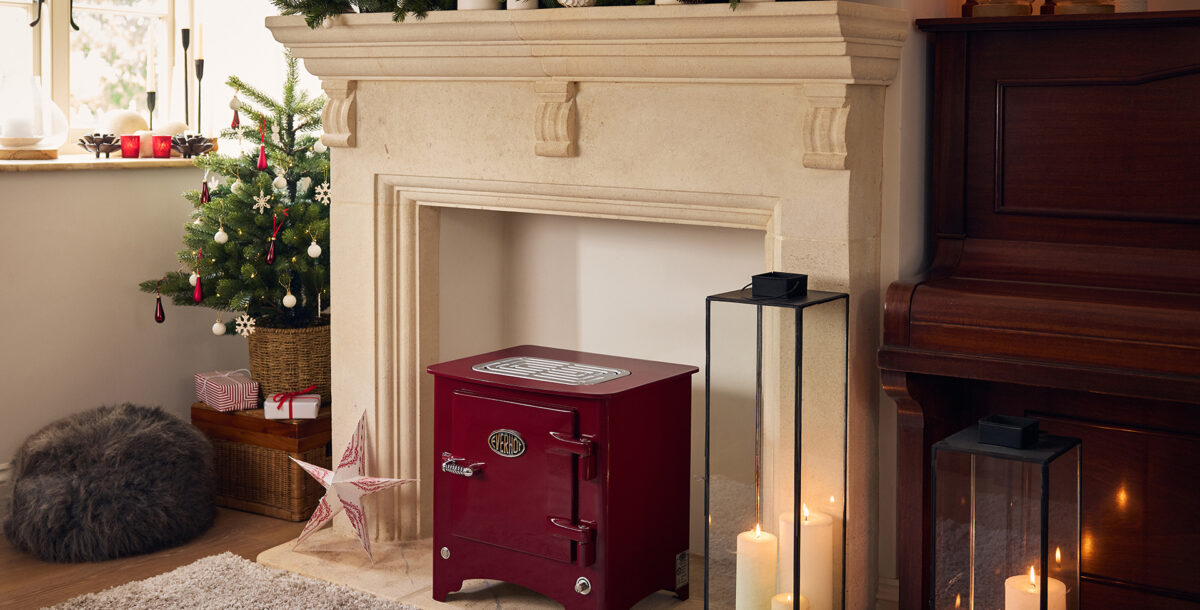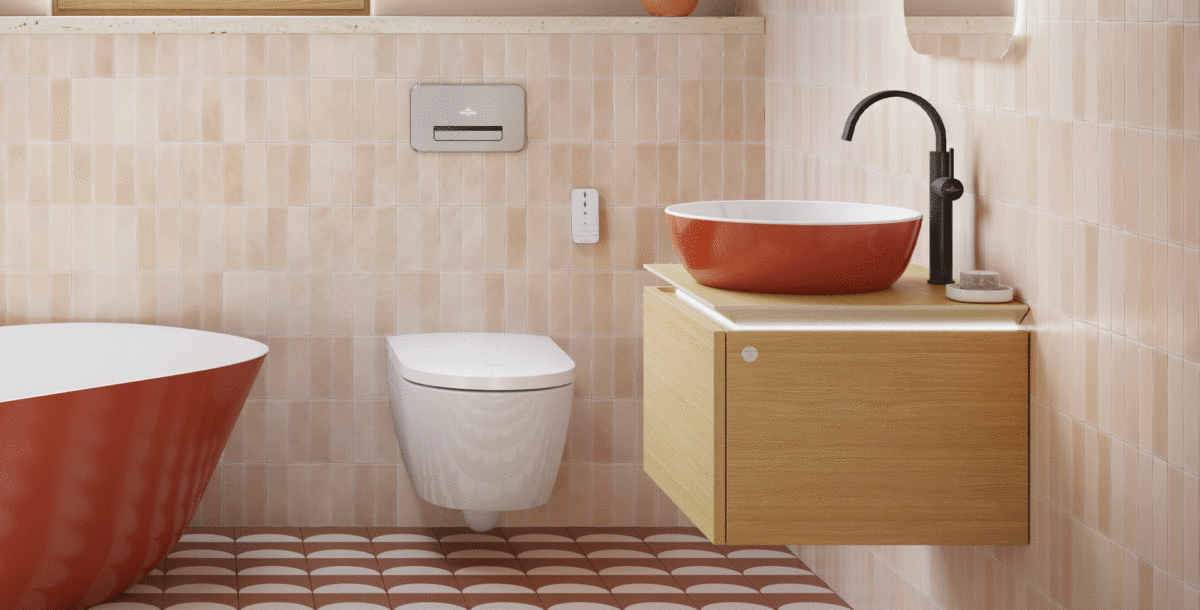What to check before signing off your self-build project
Make sure you take part in the appropriate checks before signing off your self-build project.
Ensure your project is completely perfect before signing off on the build.
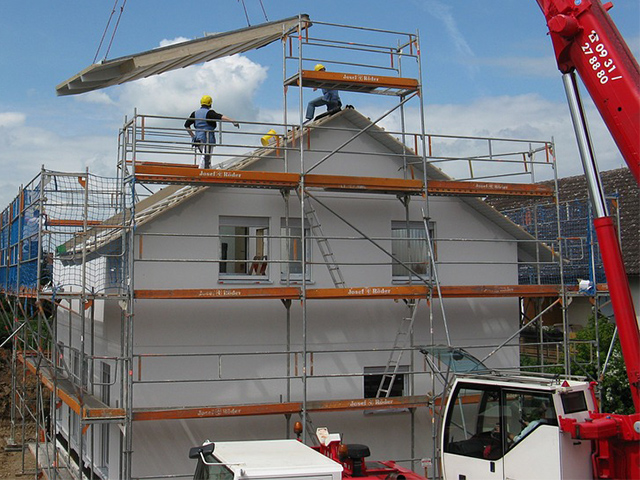
Image: Pixabay
Building your own home is not necessarily a quick process. For some, the self-build journey can take years to get from planning to completion. And, the waiting game can be frustrating, especially if you’re living in temporary accommodation. But before you rush headfirst into your new home, you need to make sure that you have all the consents and certificates in place, and that you are happy with the finished product.
Official certification
You should have been given a guide completion date from your contractor, which will ideally have been written into your building contract. Once the date is reached and your home is nearly ready to be moved into, your contractor should notify you or your surveyor, project manager or homebuilding package supplier that the house requires an inspection and, if everything is in place for handover, the formal application to the local authority can be made for the official completion certificate.
It’s one of the most important official documents you’ll be given during your self-build. Without it, your project will not be proven to have been built and finished to a satisfactory standard and won’t officially be allowed to be used as a place to live in.
You’ll also acquire many other certificates over the course of your self-build project, things like warranties, electrical safety and hot-water certificates, for example, and you’ll need to f ind an accredited domestic energy assessor to undertake an Energy Performance Certificate (EPC).

